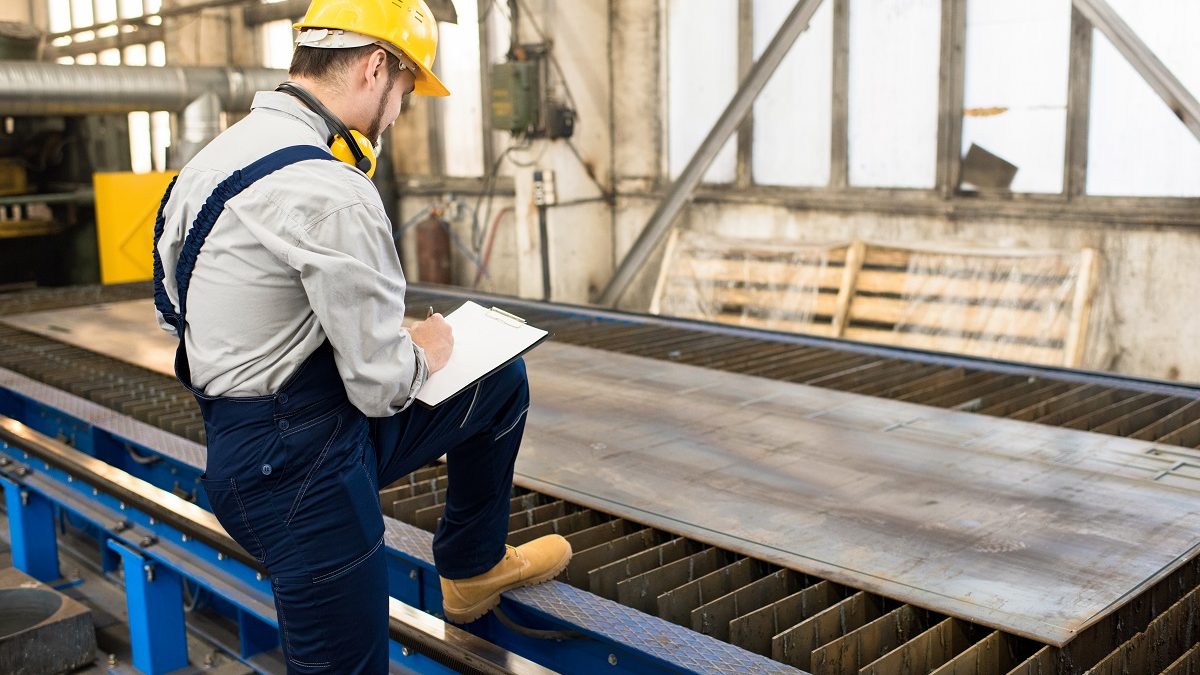Snips tools play a crucial role within the sheet metal manufacturing industry, being intended to cut sheet metal. A variety of such tools have been specifically designed to perform the various functions they need to perform.
There are two different snips tool types in the form of tinner snips and compound action snips. Tin snips come with long handles and are mainly used to cut mild steel or low-carbon tin. Straight pattern tin snips can cut gentle curves or straight lines, with duckbill tin snips perfect for cutting sharper curves.
Other types of tin snips go by the name circle pattern, which, as the name suggests, are responsible for cutting circles; hawksbill pattern, which can cut radii on both the interior and exterior of circles in addition to cuts that need sharp turns such as when holes need to be cut in pipes.
The other snip tool type is the compound action snip, which can cut the likes of aluminium and either mild or stainless steel. The three major variations of compound action snips are straight cutting, left cutting and right cutting.
Straight-cutting compound action snips can cut both in a straight line and a wide curve, while left-cutting compound action snips can cut in a straight line and a tight left curve, and right-cutting compound action snips can cut in a straight line and a tight right curve.
Other variants of the compound action snips design include upright snips, long-cut snips and hard snips.
Upright snips are designed to assist with cutting in situations that are difficult to gain access to. Long-cut snips are perfect for making long straight cuts, while hard snips come with head-treated blades that make them ideal for cutting through some of the tougher metals.
Tin snips are utilized to cut thin gauge metal sheets, metal mesh, and other primarily flat metal items. The primary use they are designed for is to make long straight cuts.
Aviation snips, which are a snips tool that does differ from tin snips even though many conflate the two, come with an extra pivot point that means that less force is needed to to maintain a clean cut. Aviation snips are selected when a more specialised task is required rather than just making long, clean cuts.
key strength of a snips tool is their precision and the fact that they are so well suited to such a wide array of delicate cutting work. The downside of working with snips is that they are hand-operated, which makes it a time-consuming and very labour-intensive process. However, despite this flaw, there are several different types of snips used in sheet metal manufacturing, and this will likely stay the same for many years to come.













